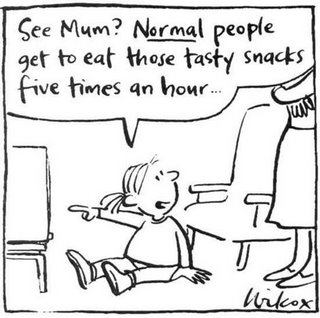Hopefully you are enjoying reading our blog here at AME Marketing, but many of you might still be unsure about what a blog actually is. In this post we aim to clear up the mystery surrounding what it is and what it is intended for.
Blog is short for ‘Web log’ and is basically ‘a website where entries are made in journal style and displayed in a reverse chronological order’ (Wikipedia, 2006). They can provide commentary or news on a particular subject, or simply act as an online diary. Usually they will combine text, images, links to other blogs, web pages and other media related to the site’s topic.
Modern day blogs evolved from online diaries and some of the earliest blogs started around 1994. Writers began by keeping a successive, online account of their lives. This slowly evolved into what we recognise today.
So, now the history lesson is over, you might wonder why blogs are relevant to your business. Many blogs are non-commercial. Yet as blogging has become more popular and mainstream, many companies, like ourselves, having been getting in on the act. Blogs are yet another way to keep in touch with customers and they allow writers and readers alike to comment on any developments or issues in a particular field. They show customers that you keep up-to-date with any changes in your market and show that you understand the impact of these developments. Not only that, they humanize your company and help to build your business and brand by connecting with your customers.
Unlike direct marketing which can be sent to past, current or potential customers, a blog can be read by anyone on the World Wide Web. Because there is no set number of messages sent there is no limit to the number of people who are exposed to the message, practically no time limit on the content and no direct cost for each person seeing it. Your blog and its contents will drive traffic from search engines, from terms relevant to the content on that page. Yet another benefit is that they empower people to express their knowledge and opinions to anyone who cares to listen, and because customers can control part of this conversation, they can provide great feedback. When used strategically, not only can they generate revenue, they can be an effective way to communicate and offer a call to action.
Even if you don’t want to start a blog yourself, there are other ways that your company can benefit from this medium. Reading other company’s blogs can allow you to gather market intelligence, monitor public opinion and keep an eye on your competitors. You can also engage bloggers by commenting on business topics in other blogs or advertise on them to reach influential customers, target niche audiences or extend your media spend’s reach.
Similar to any communications strategy, you should consider what you actually want to achieve from engaging with your customers. Blogs create opportunities for your business, but can also throw up a number of challenges. Use them to listen to and involve customers. Use them to research your market. Most importantly, use them.
Labels: Media and Marketing







